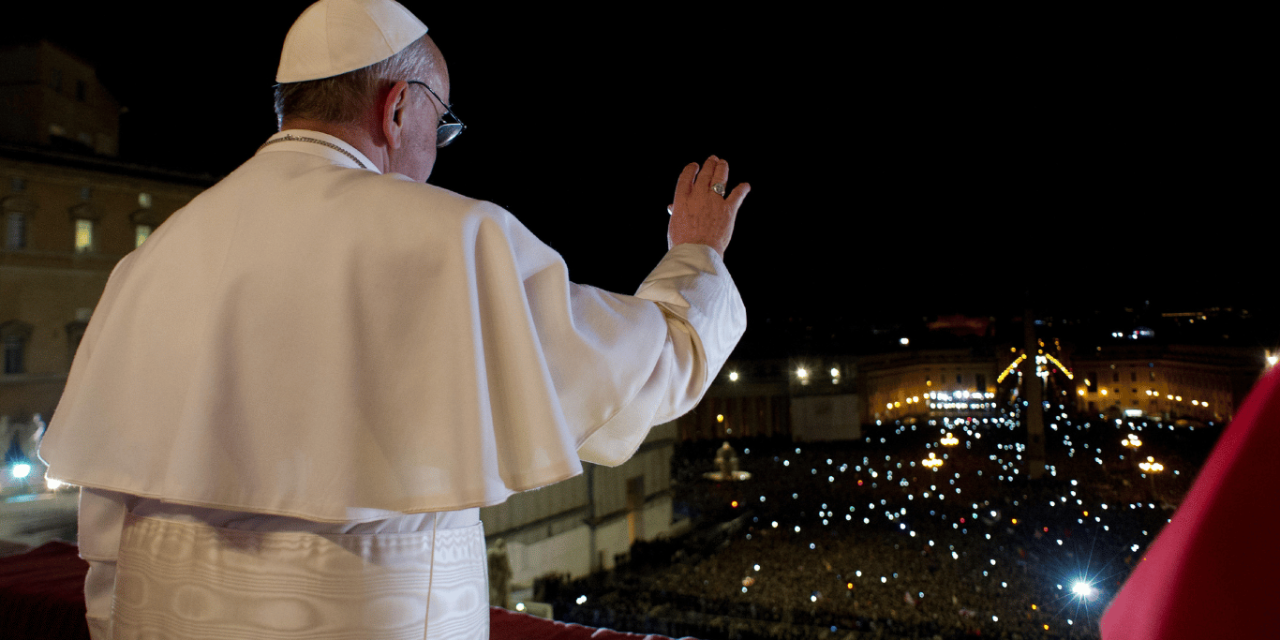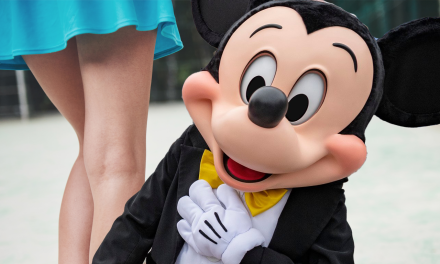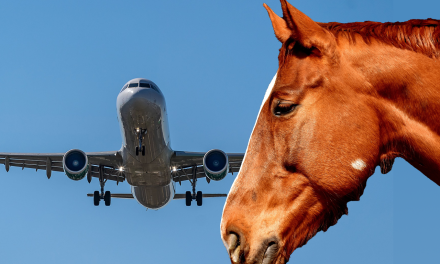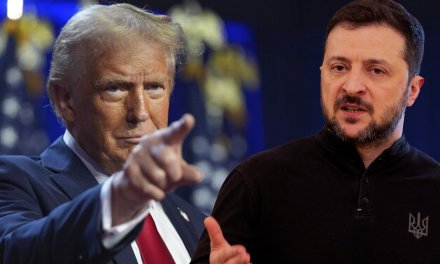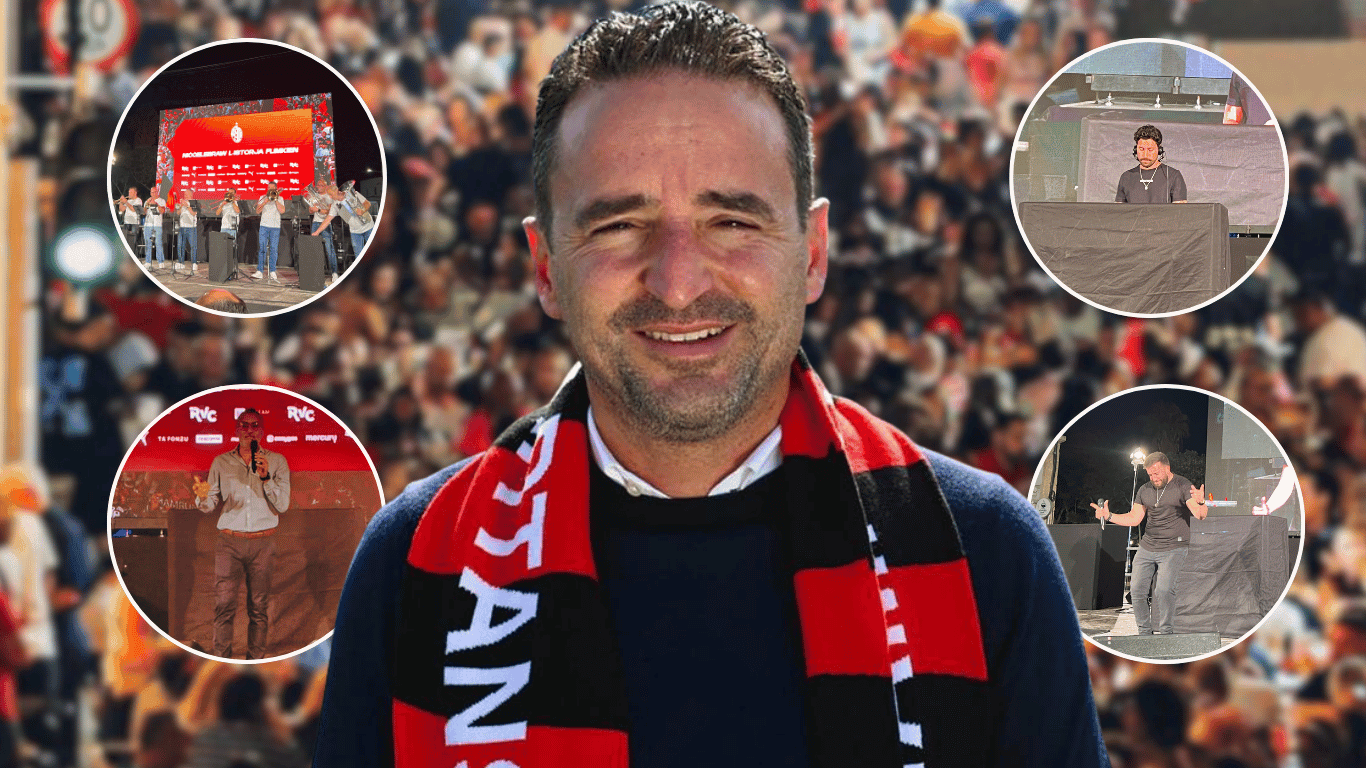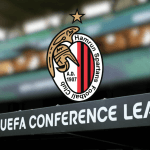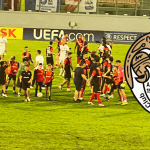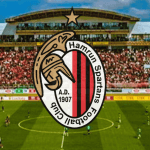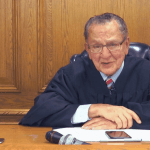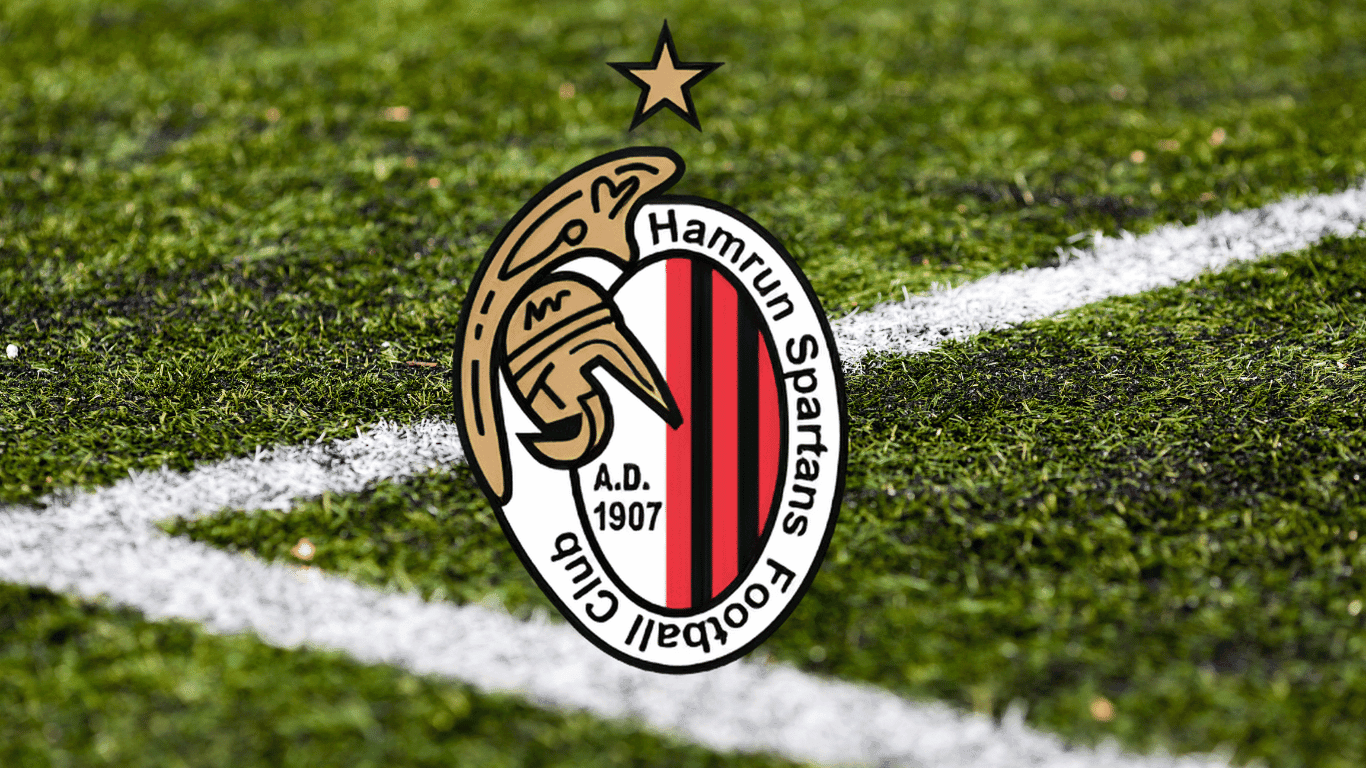The passing of Pope Francis on April 21st has turned global attention to the critical process of electing his successor. This decision, made through the ancient tradition of the conclave held in the Vatican’s Sistine Chapel, carries immense weight for the Roman Catholic Church and its 1.4 billion followers.
Why the Timing Matters:
The period immediately following a pope’s death is a time of transition and leadership vacuum within the Church. The swift and decisive election of a new pontiff provides stability and direction for the global Catholic community. It allows for the prompt addressing of pressing issues, the continuation of papal guidance, and the reassurance of the faithful. The timing of the conclave is therefore crucial in minimizing uncertainty and ensuring the Church can effectively navigate its future.
When Will the Conclave Begin?
Customarily, the conclave commences between 15 and 20 days after the pope’s death. Based on Pope Francis’s passing, the gathering of the College of Cardinals to elect his successor is anticipated to take place between May 6th and May 11th.
The Conclave Process:
The conclave itself is a secretive affair. Eligible cardinals, those under the age of 80, sequester themselves within the Sistine Chapel. They are cut off from the outside world to prevent any undue influence. Up to four ballots are held daily, with a two-thirds majority required to elect a new pope. Black smoke signals unsuccessful ballots, while the appearance of white smoke (“fumo bianco”) announces to the world that a new pontiff has been chosen. Finally, the words “Habemus papam” will resonate from the Vatican balcony, marking the beginning of a new chapter for the Catholic Church.

